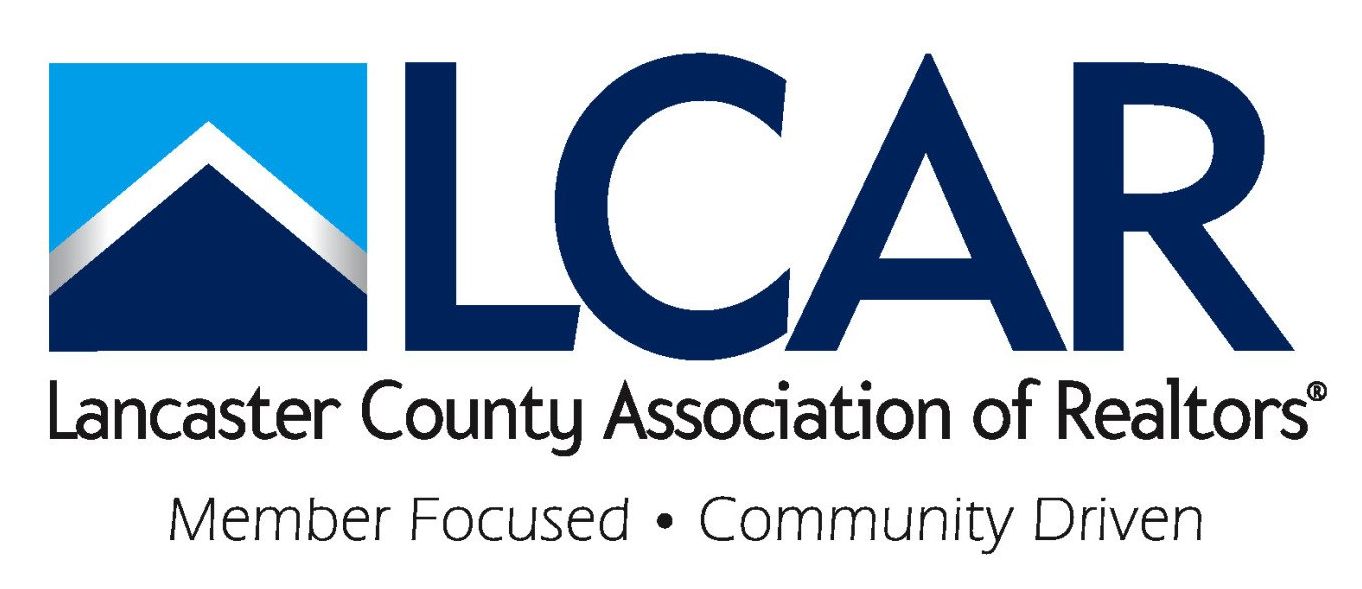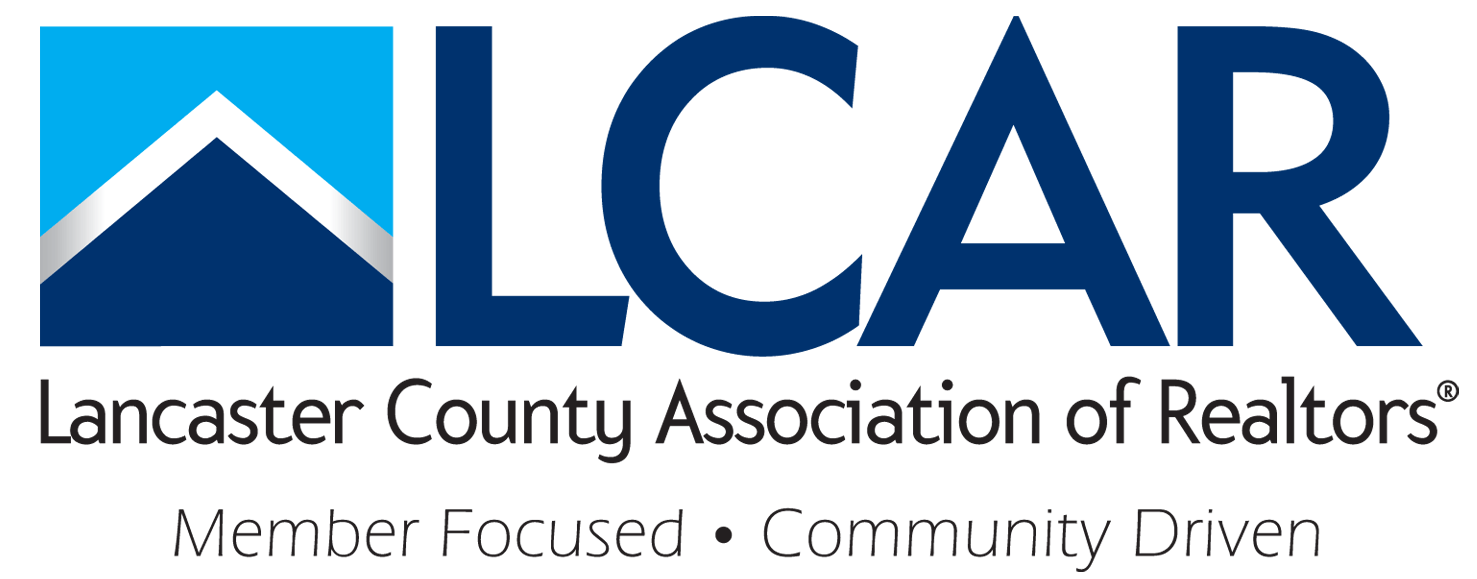Mold was found in the corner of this finished basement (see photo). This is an indicator of prior water entry (or minimally, very high humidity levels) behind the wall covering. Home inspectors do not open up wall or ceiling coverings, so the extent of mold behind wall or ceiling coverings is often not known without becoming invasive. Due to the fixed wall covering, any moisture behind fixed walls will most often remain there and the cause may also continue unless properly addressed.
Got Mold?

Mold is a natural part of nature and is all around us. It helps leaves or old fallen trees break down, it gives blue cheese its taste, and can help save lives (penicillin). Problems with mold can exist, however, when certain types are present around susceptible people or high spore counts exist in structures. Mold does not have to be one of the toxic types in order to injure or cause illness in a person; non-toxic (considered allergenic or pathogenic) molds can also make people sick.
The most common part of the body that is affected by mold tends to be the respiratory system, although certain types can cause skin or eye problems in addition to other parts of the body.
Evidence of high concentrations of mold inside a home is almost always a sign of two things: water or a lack of ventilation, and very often both. Plumbing, foundation, or roof leaks can exist for a period of time before the homeowner notices the problem and, by then, a great deal of mold damage may already exist behind wall or ceiling coverings. Even if you see a small amount of mold on the drywall, a much larger mold issue may exist on the drywall's backside since the prime conditions for mold to grow are better there. Discoloration on a ceiling that appears dark may actually be a sign of a much larger amount of mold on the reverse side that is protected from ventilation. Studies show that the presence of water on materials like drywall for as little as 24~48 hours is enough to allow mold to start growing.
What are mold spores?
Mold spores are like tiny seeds and they are floating in the air all around us. They stick to most surfaces in our homes. When you add moisture to these areas, it can allow the growth process to start. Think of a seed in the dirt. The seed can remain in dirt for a period of time doing nothing until water is introduced. If these surfaces remain dry and within good ventilation, the tiny spores can remain on these surfaces for an extended period of time with little to no issue.
The most common places that I find mold in homes when I am performing a home inspection are attics, bathrooms, and basements. The presence of mold in an attic is often caused by one (or more) of the following issues: (1.) unsealed openings (such as where wiring, plumbing, or ductwork enters the attic through holes in framing or at the attic access location) between the attic and living space, (2.) a roof leak that was left unrepaired for a period of time, (3.) inadequate roof/attic ventilation, (4.) bathroom exhaust fans discharging into the attic, or (5.) inadequate attic insulation (including insulating the attic access location).
All ventilation systems should terminate to the home’s exterior. If a bathroom or kitchen ventilation fan discharges into the attic (even just above the soffit venting), the warm moist air from these conditioned spaces tends to condensate on the underside of the cooler side of the roof that faces away from the sun. This portion of the roof generally stays cool longer each morning and these cold surfaces will allow for condensation just like a cold bathroom mirror during a hot shower. In most cases, it is easy to reroute bathroom or kitchen exhaust fans beyond the home's soffit or through gable end siding. If the vent tubing runs above attic insulation, an insulation sock should be installed on the exposed vent tubing to prevent condensation within the tubing in the winter. Otherwise, condensation can run back down the tubing and drip back into a bathroom through the fan, for example.
A properly vented attic will allow the warm and moist air from the living space to exit to the exterior through the ridge venting and not within the attic, as well as help to preserve the life of many roof types and lower the amount of energy needed to heat and cool the home.
During my home inspections, I always recommend that the client periodically check around all accessible plumbing to look for small leaks. A small leak is often easier and inexpensive to repair and will most often cause less damage to occur than a full blown burst pipe. A small leak undetected may lead to mold growth and/or insect infestations.
Mold growth in basements is most often related to exterior drainage and grading. Downspouts should drain at least 4' from the home’s foundation and the exterior grading should encourage drainage away from the home. Some inspectors offer infrared thermography (aka thermal imaging) which can indicate if there is unforeseen recent or active water infiltration occurring behind these fixed surfaces which can potentially lead to mold in the future. The inspector will also check the lower end of the wall coverings with a moisture meter.
So what if you see mold?
Don't panic. A qualified and properly trained mold professional can perform mold testing. The person performing the mold testing should carry mold-specific E&O (errors and omissions) insurance; basic home inspector E&O insurance specifically excludes mold.
Mold testing generally consists of one or multiple types of sampling techniques. A swab test will determine what type (or types) of mold exists specifically on the surface where mold (or suspected mold) is visually seen. This is often on a wall or ceiling. Air sampling will entail measured amounts of air being pulled into a special plastic testing cartridge; air sampling will give a general idea as to what type(s) of mold(s) exist in the tested area/room as well as the spore count(s). If no visible mold exists, air sampling will probably be the only test able to be performed. When air testing is performed, an exterior reference sample is required so that the lab analyzing the samples has something to compare the interior air samples to. Since there is no set standard as to most mold types and spore counts, the exterior sample sets the 'standard' to allow comparison with the interior air sample(s).
As an example, an exterior air sample shows 150 spores per cubic liter of air of mold type A, 50 spores per cubic liter of air of mold type B, and 0 spores of mold type C, and interior air samples show 180 spores per cubic liter of air of type mold A, 1500 spores per cubic liter of air of mold type B, and 2000 spores per cubic liter of air of mold type C. The analysis would indicate that the sources of mold types B and C are very likely inside the home. There is no recognized standard regarding what is safe for mold spore counts (assuming none are the types found are considered to be toxic), but since mold counts and types vary depending upon where you are located and what time of year it is, the comparison between indoor and outdoor samples is necessary. Of course, any spore count of a toxic mold type in the home would be an immediate concern.
Mold types are commonly broken down into 3 types: allergen, pathogen, and toxic. An allergen is the most common type and may affect certain people who have sensitivities to specific molds. Pathogenic molds are ones that most often affect people with an immune-deficiency, such as those who have certain illnesses. Toxic molds are the most severe and will most likely affect anyone who comes in contact with it.
Someone who has no known allergies can actually acquire an allergy to a type(s) of mold simply from exposure to it over time and they often don't even know it. You could have 10 people in a room with a certain type of mold and possibly only 1 or 2 people who have an allergy to that type may show symptoms, whereas the rest of the people may show no symptoms. If a toxic mold type exists in that room, chances are good that just about all 10 people would show some adverse reaction or symptoms over a period of time.
After the testing is performed, the mold tester sends the testing samples to a certified lab for analysis. Once the lab report is received, the next step is most often to consult a qualified indoor air quality specialist/industrial hygienist or a qualified mold remediation professional should the lab report indicate high interior spore counts. Some local companies who specialize in cleanup after fire or flood may also be qualified to perform mold remediation. Of course, also addressing the source of the water/moisture or lack of ventilation must always be part of any mold remediation process and should be performed as soon as the problem is determined to help minimize the damage.
Keep in mind, that mold detection and mold testing is considered well outside the scope the ASHI (American Society of Home Inspectors) Standard of Practice. In other words, mold is not part of a home inspection. If a home inspector sees visual evidence of mold during an inspection, he should, however, note this in his inspection report and recommend evaluation and/or removal of the mold and any affected building materials (such as drywall, trim, carpet, insulation, etc.) by a qualified mold professional.
Don't 'bleach it away'!
Many people assume that bleach is the be-all and end-all of mold cleanup but this simply is not true. Some mold spore types may be eradicated using bleach, but other mold types may come right back and others may not be affected at all by bleach. Bleach may simply mask a mold problem for a short period of time and the mold problem may actually get considerably worse.
Some mold types need to be professionally treated to ensure that the spores can’t grow back again or are fully removed. I’ve seen some homeowners spray chlorine bleach on ceiling mold and appear to remove the mold, only to see the mold come back a few days later. If mold is observed growing on bathtub caulking, it very well may be able to be cleaned with certain bathroom cleaning products or even by simply removing the caulking. If visible mold growth covers, at least, 10 square feet, that is the standard used to determine when professional remediation is needed. An improper treatment may actually encourage further growth into a larger mold problem.
Mold growth on certain household surfaces may be able to be removed, such as surface mold on wood studs that may be able to be removed by sanding, for example. Other surfaces need to be completely removed once they get wet and moldy, such as plaster and drywall. The cellulose that exists in drywall paper is the very food that mold needs to grow and thrive. If mold grows on books or drywall, these materials need to be carefully removed from the home to help ensure the mold spores don’t get disturbed and released into the home’s air. When building a new home, for example, rain water often gets into the partially constructed home before it is fully closed up by siding, roofing, windows, etc. The home should be allowed to fully dry before any insulation, drywall, flooring, etc. are installed.
You can’t typically determine the type of mold simply by its color. Mold types come in all different colors, from black and yellow to green and brown and orange. If you see what appears to be mold growth in the home, that is a sign that something needs to be done promptly. Time to call in a professional. A delay could put the home’s inhabitants in jeopardy for health problems and possibly lead to the home not being able to be occupied.
Facts, opinions and information expressed in the Blog represent the work of the author and are believed to be accurate, but are not guaranteed. The Lancaster County Association of Realtors is not liable for any potential errors, omissions or outdated information. If errors are noted within a post, please notify the Association. Posts represent the author's opinion and are not necessarily the opinion of the Association.














